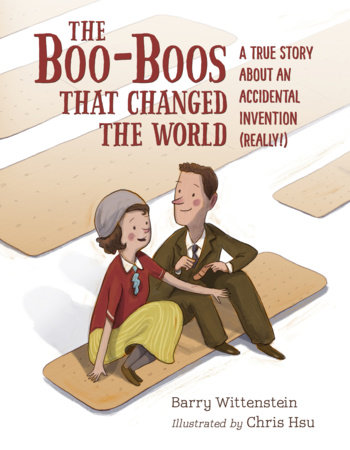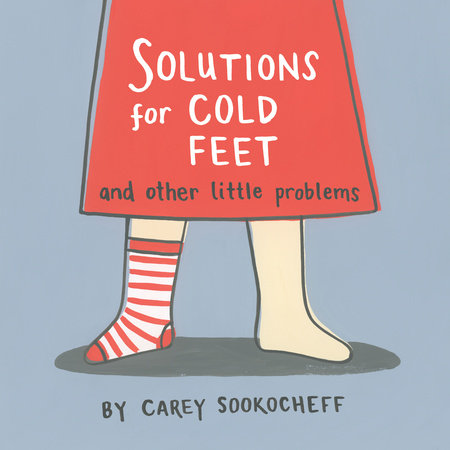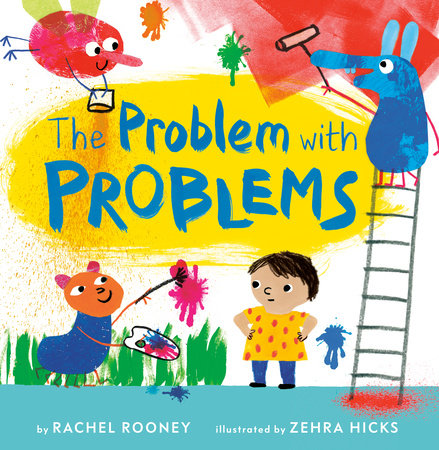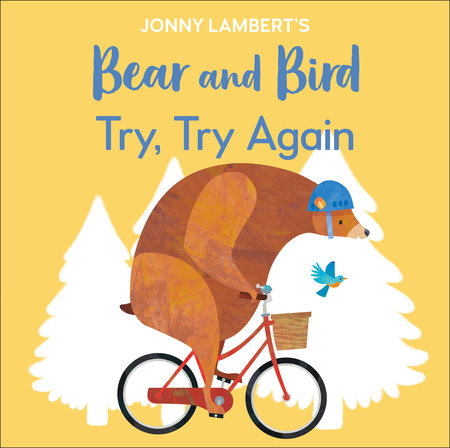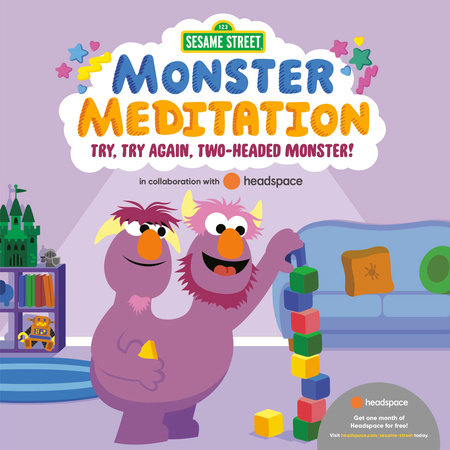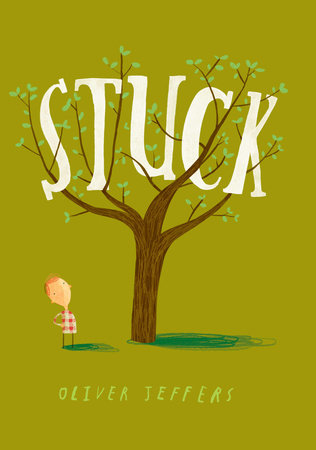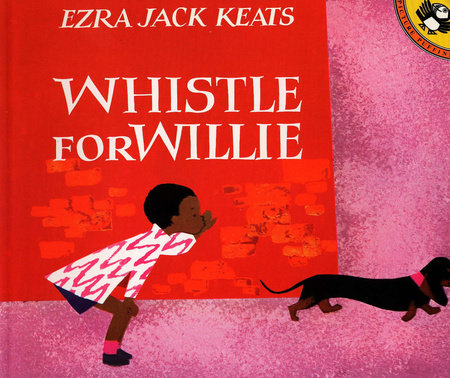Books & Strategies for Teaching Kids Problem-Solving Skills
by Elizabeth Harrison
I have a three-year-old who often gets frustrated when things don’t work out as she hoped. When she gets discouraged, we often turn to the simple phrase, “You can try again or ask for help.” By giving her these two familiar options, she feels empowered to make a choice and give it another go. Now that she’s old enough to manage her emotions, I’ve introduced a third option: “take a break,” where I encourage her to take belly breaths and compose herself before considering what’s next.
Here are some of my favorite ideas for helping kids learn to problem-solve:
-
- Make a problem-solving toolkit together. This can be as simple as a poster with various strategies listed in writing or images tailored for your child. Examples of strategies might include:
- Break down the problem into smaller steps.
- Draw a picture or model.
- Think about if you’ve done this before.
- Guess and check.
- Make a problem-solving toolkit together. This can be as simple as a poster with various strategies listed in writing or images tailored for your child. Examples of strategies might include:
-
- Brainstorm the traits of a problem solver. Then consider ways you can work on developing those specific traits with your child. Who do you know in real life that shows these traits? Read biographies of people from history who’ve exemplified those traits. Being a good problem solver is as much about attitude as it is about intelligence, possibly even more!
- Read stories and news articles that have an obvious conflict and resolution. As you read, pause at the problem and brainstorm potential solutions for the character/person in the text. You can even use the toolkit you created and act out possible responses. What character traits are being shown? For kiddos who are writing, consider using a problem/solution graphic organizer.
The titles featured in the collection below, which include picture books, board books, and an early reader, address skills and traits involved in problem-solving. These skills include managing frustration, fostering perseverance, embracing failure, and encouraging effort and productive struggle.
-
Jabari Tries
Available from:In this follow-up to Jabari Jumps, Jabari attempts to make a flying machine in his backyard. He’s confident he can do it on his own, but when things don’t go as planned, he gets frustrated. He eventually realizes flexibility and some help can go a long way.
Also available from: -
The Boo-Boos That Changed the World: A True Story About an Accidental Invention (Really!)
Available from:This delightful informational tale recounts the accidental invention of Band-Aids. This story shows young readers that great discoveries can be made through their mistakes!
Also available from: -
Solutions for Cold Feet and Other Little Problems
Available from:This sweet book showcases small, daily problems experienced by a child and how she solves them. It will get young children thinking about how they problem-solve every single day without even realizing it.
Also available from: -
How to Solve a Problem
Available from:In the vein of The Little Engine That Could — only this time it’s one of the world’s youngest rock climbers achieving the seemingly impossible — Ashima Shiraishi shows young readers that with diligence and creative thinking, any problem can be overcome.
Also available from: -
The Book of Mistakes
Available from:This charming title shows readers how their mistakes can unexpectedly transform into inspiration. Readers will see the value of having an optimistic, open-minded attitude as they approach their own “mistakes.”
Also available from: -

The Problem with Problems
In this colorful story, problems are personified as creatures of various shapes and sizes. Readers learn that problems can be troublesome but aren’t impossible to manage. This title will teach kids to manage emotions and express their feelings to minimize problems.
Preorder from: -
Jonny Lambert's Bear and Bird: Try, Try Again
Available from:Bear must persevere as he learns to ride a bike in this heartwarming friendship story. It shows readers the importance of persistence when things get tough and supporting others when they need help.
Also available from: -
Try, Try Again, Two-Headed Monster!
Available from:In this newest edition to the Sesame Street Monster Meditation series, Two-Headed Monster experiences great frustration when his block tower falls. Mr. Andy teaches Two-Headed Monster the calming strategy of taking belly breaths, which will support young readers when they face their own challenges.
Also available from: -
I Will Try
Available from:This early reader from the I Like to Read® series tells the story of Ella, an aspiring gymnast who admires Jan, the star of her gymnastics class. When Ella tries to be like Jan, things don’t go well. But when Jan supports Ella in trying again, Ella finds success! This title shows young readers the importance of trying again, accepting support from others, and offering it when appropriate.
Also available from: -
Dinos Don't Give Up!
Available from:This silly rhyming tale features Diplodocus Dinah, a talented dinosaur who excels at all she does — except surfing. When the Surfing Contest comes to Dino Town, Dinah loses. This book teaches the value of perseverance and reminds readers they might not be the best at everything they do — and that’s okay!
Also available from: -
A Kids Book About Failure
Available from:Encourage your kids to embrace failure as a means to learn and grow with help from this insightful book. Readers will step away from this book understanding that they need not avoid failure. We all fail at some point.
Also available from: -
Stuck
Available from:In this delightfully silly tale, Floyd’s kite gets stuck in a tree. He is set on getting it out, but unfortunately, his problem worsens as he throws item after item at the tree in an effort to knock the kite down. This laugh-out-loud story will entertain kids while encouraging them to reflect on the concept of problem-solving.
Also available from: -
Whistle for Willie
Available from:A young boy named Peter wants his dog Willie to respond when he whistles. He practices and practices until he finally gets it right. This simple, delightful story shows kids that practice pays off, even when it feels like things are going nowhere.
Also available from:


